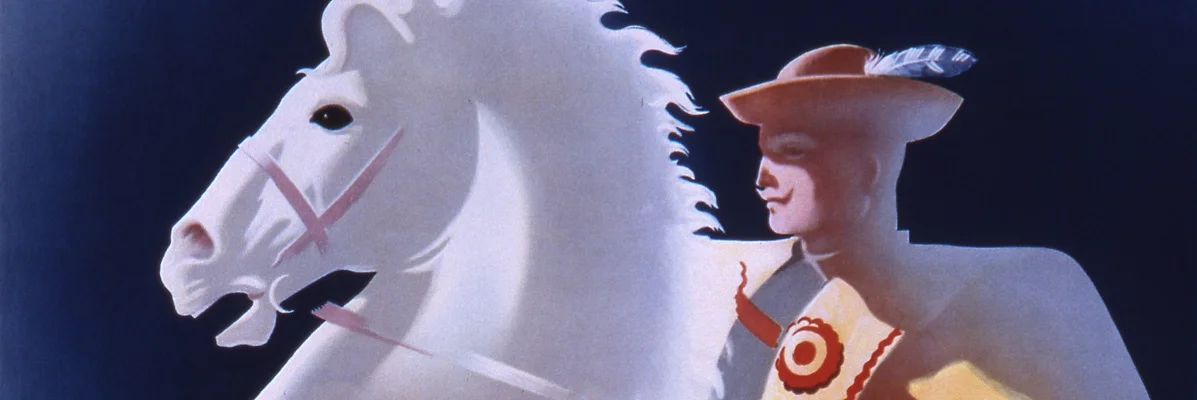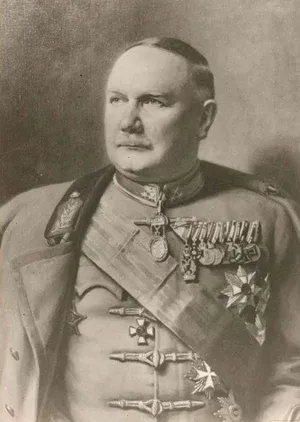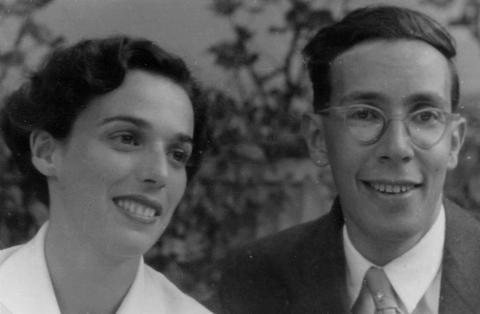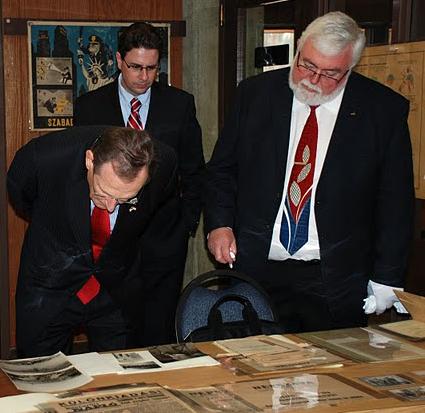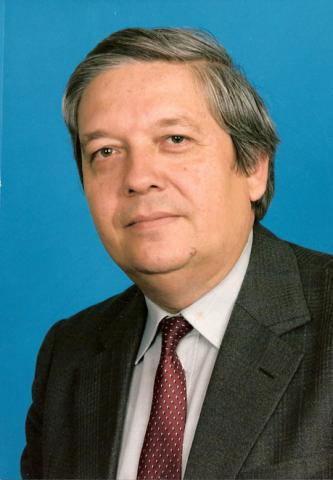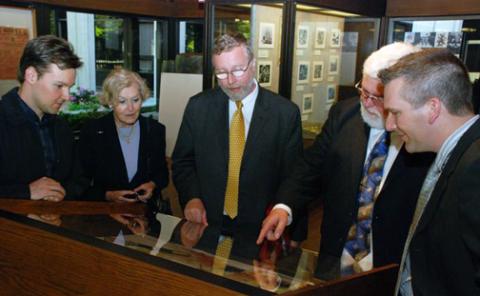New Hungarian Acquisitions
Two significant émigré collections have been added to Hoover’s already extensive Hungarian library and archival holdings: those of Hugo Sonyi and Bela Csejtey. The two have very different biographies: the first was a top Hungarian general, the other, an American-educated scientist. Their collections however are similar in focus: Hungary’s military efforts in the two world wars, which, despite the valiant sacrifice of many thousands of soldiers, ended in defeat.



